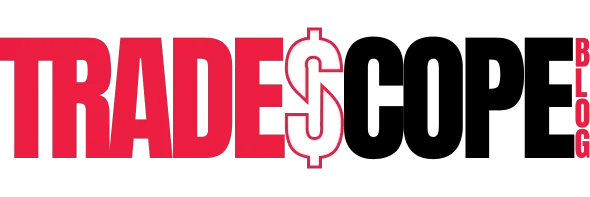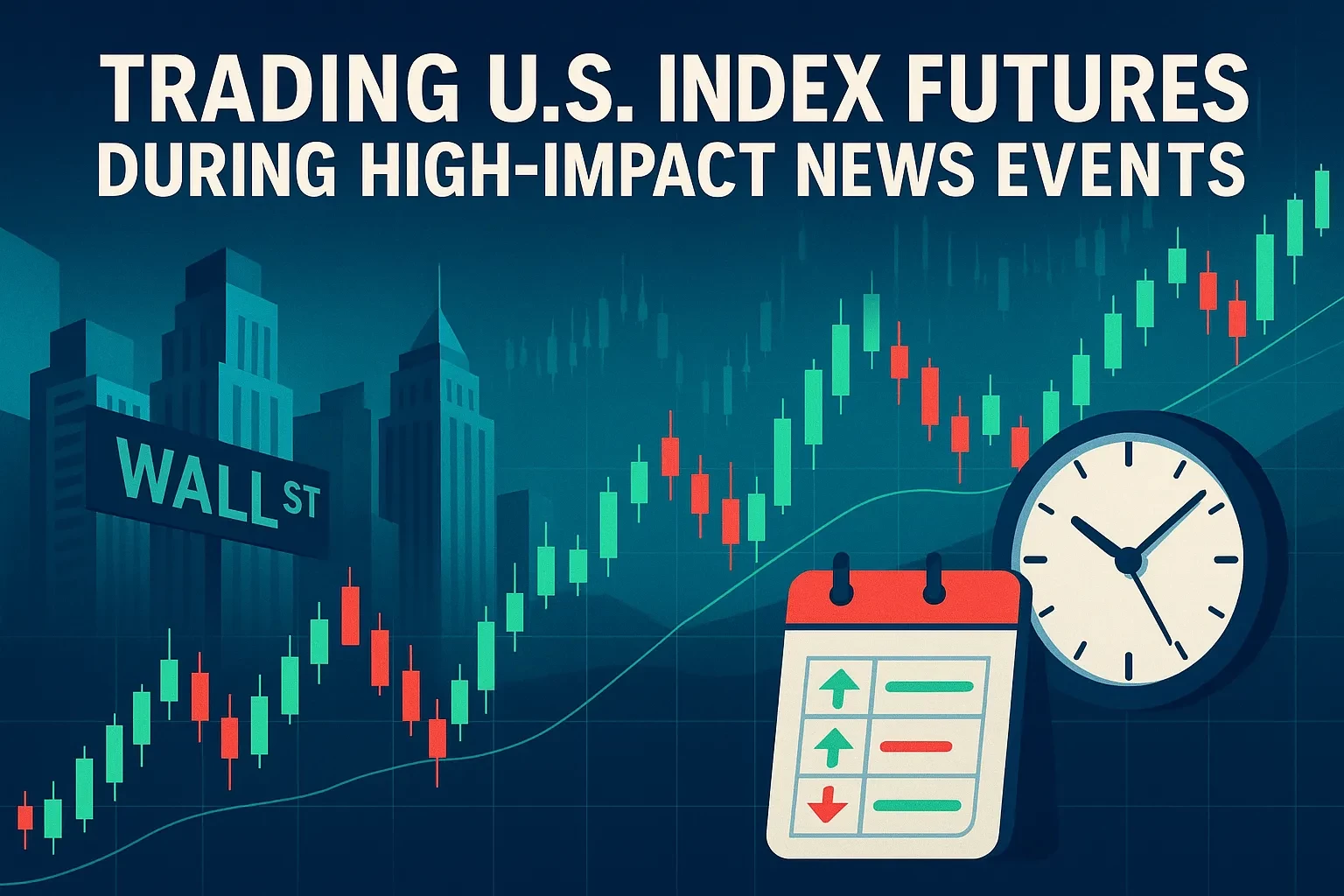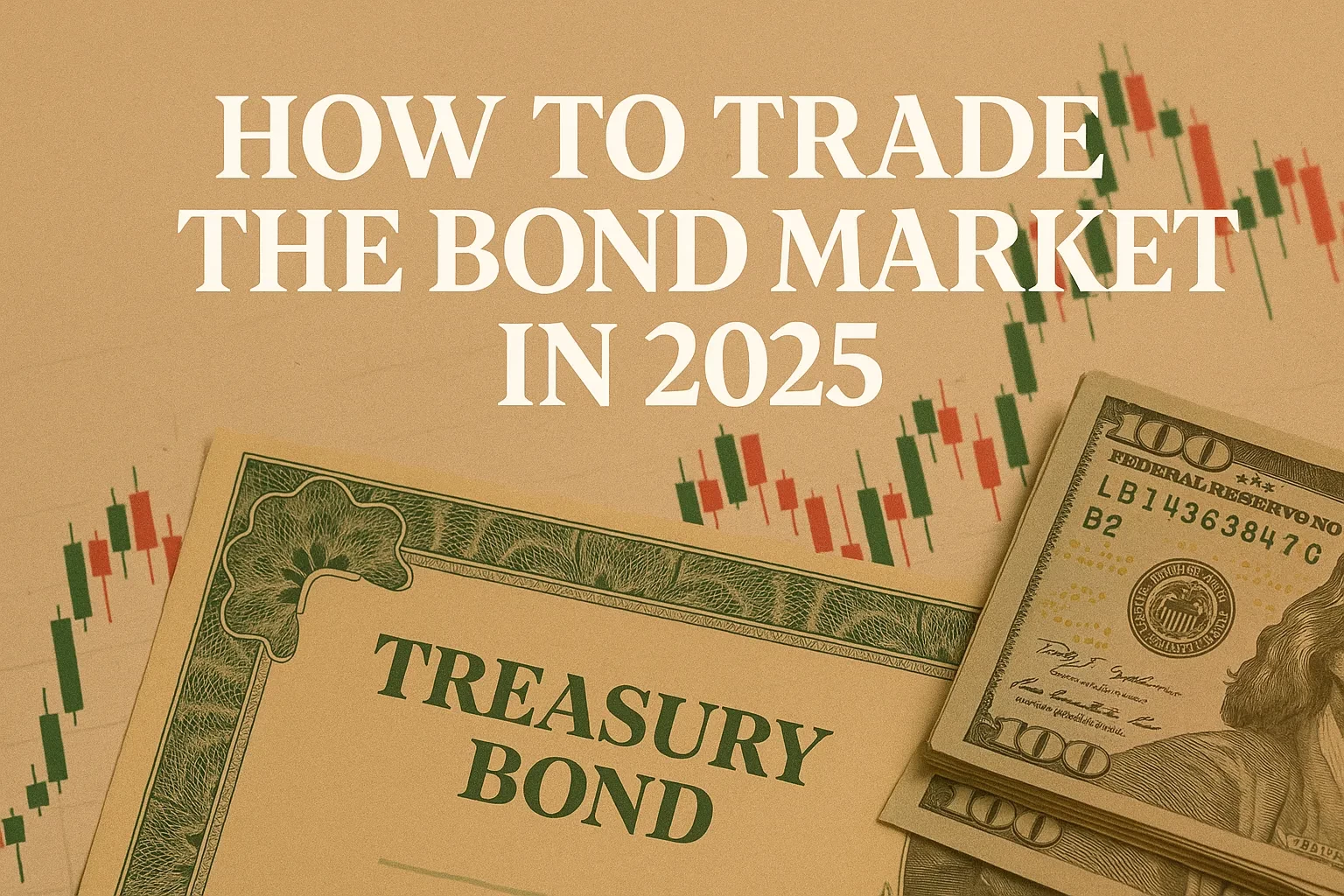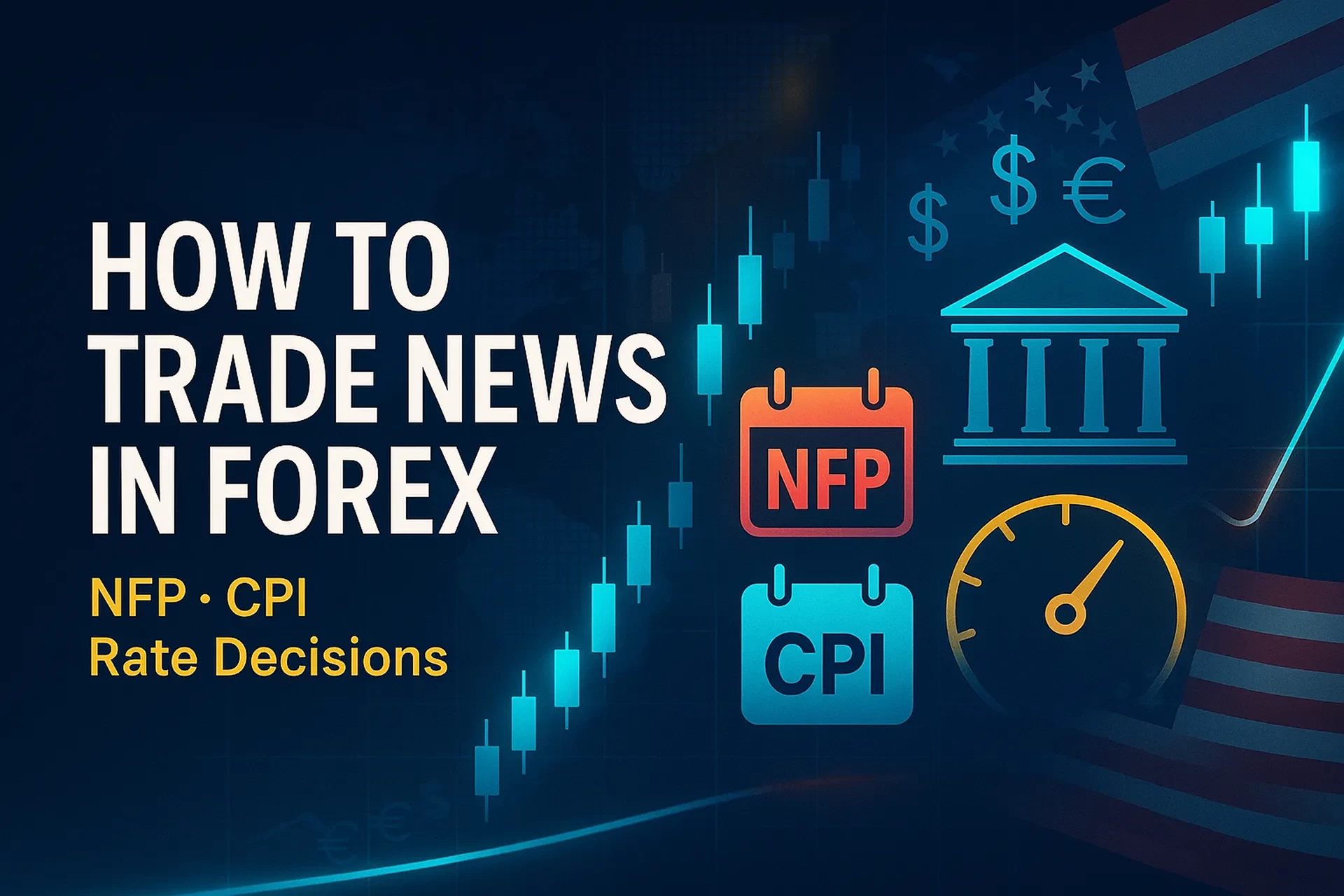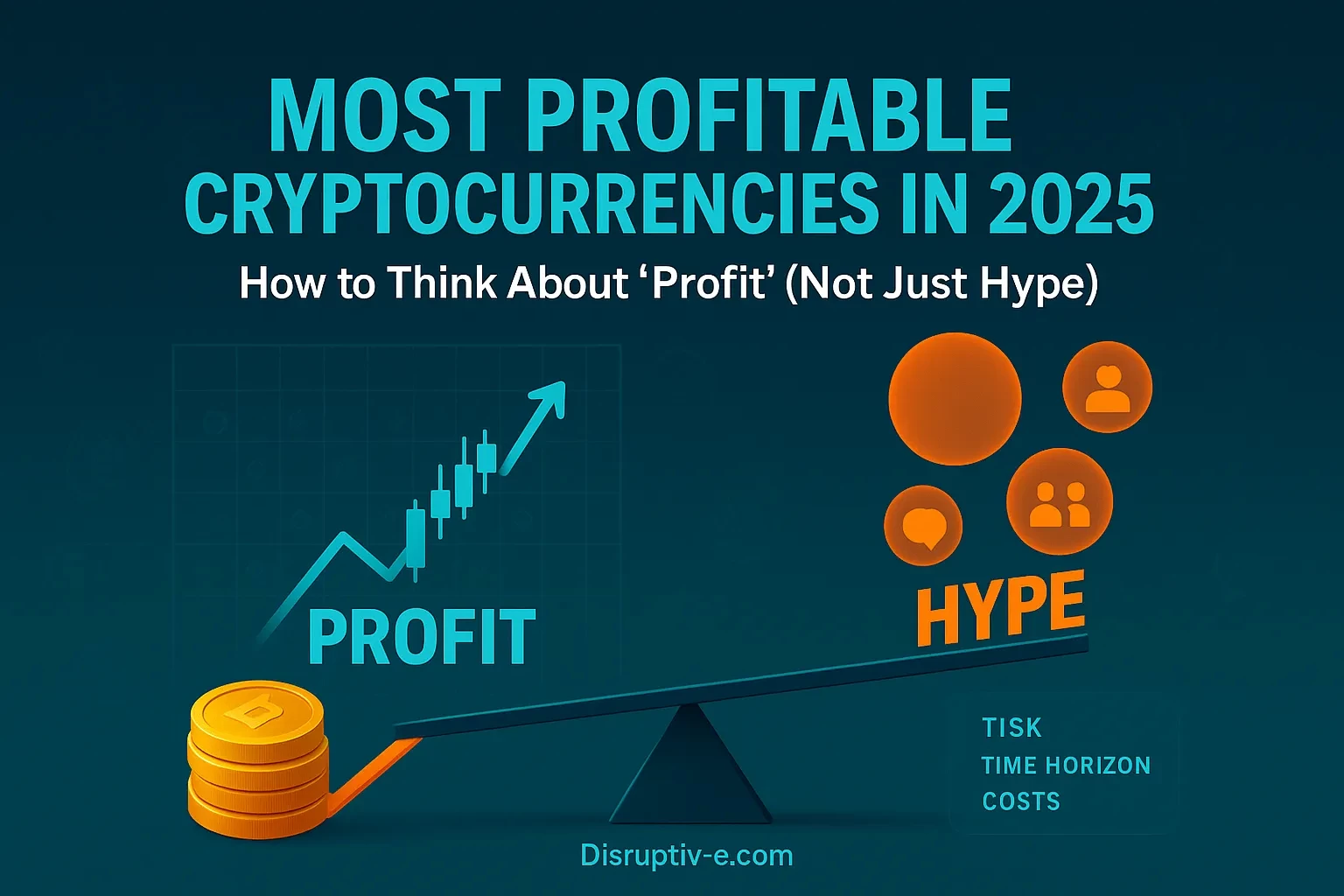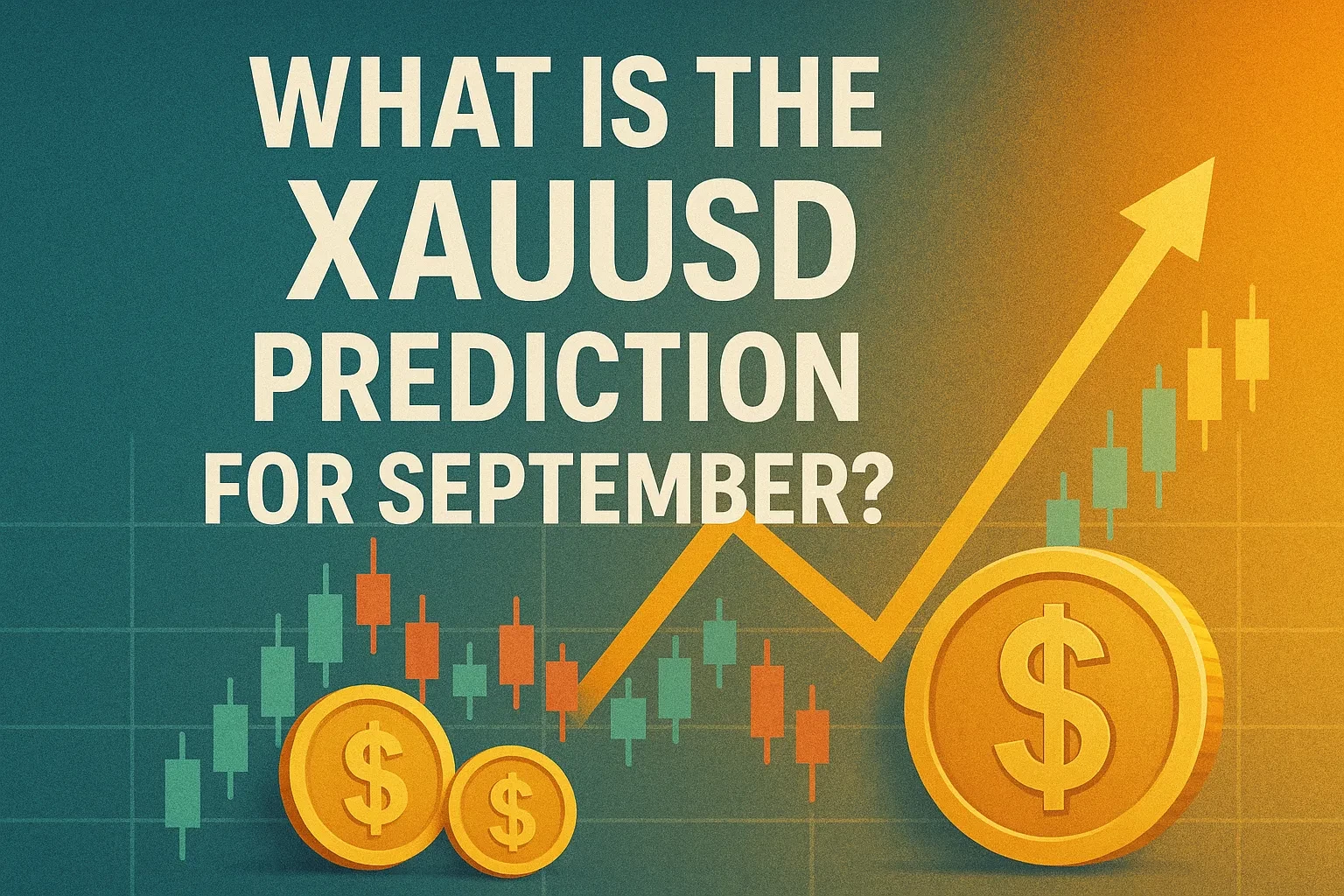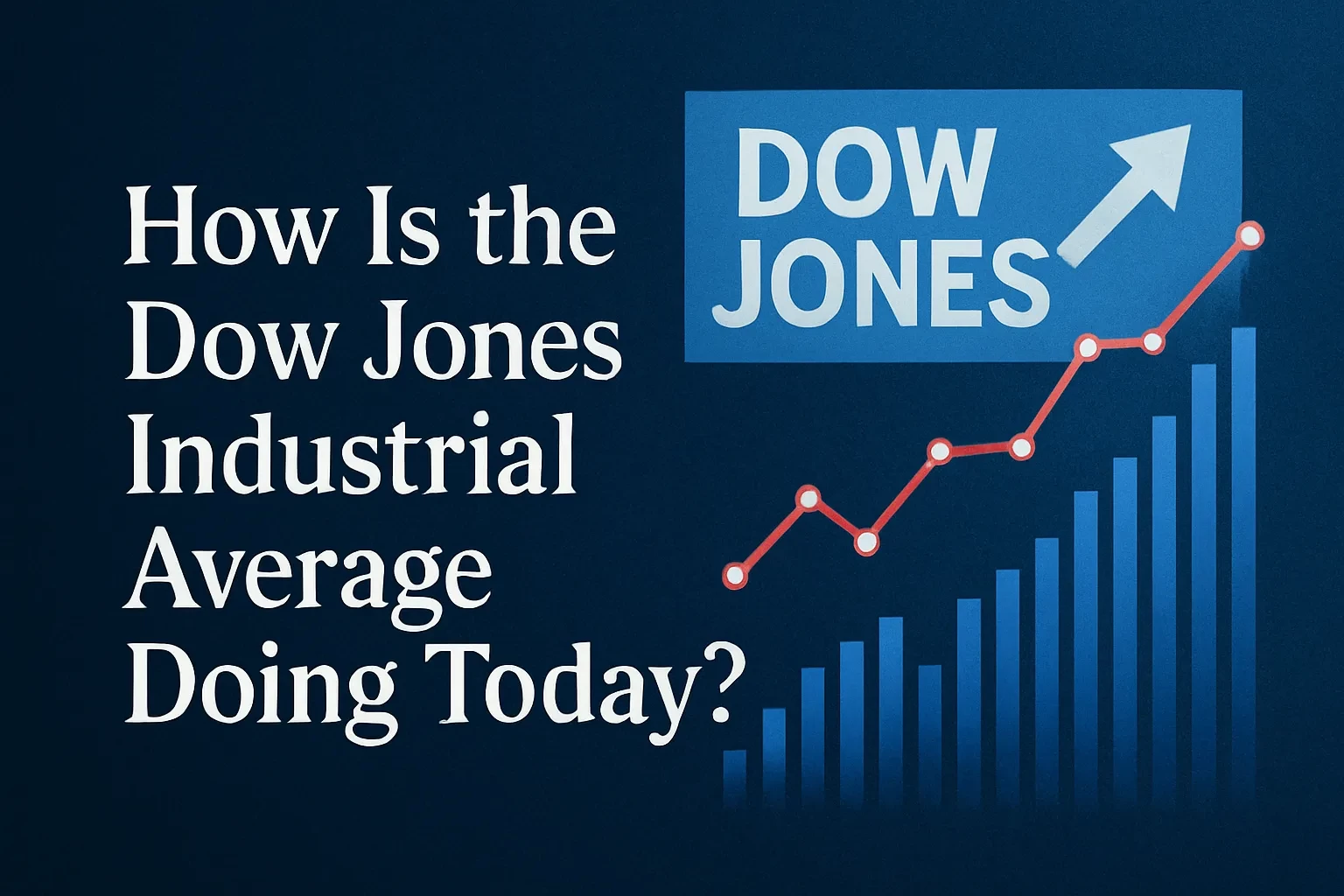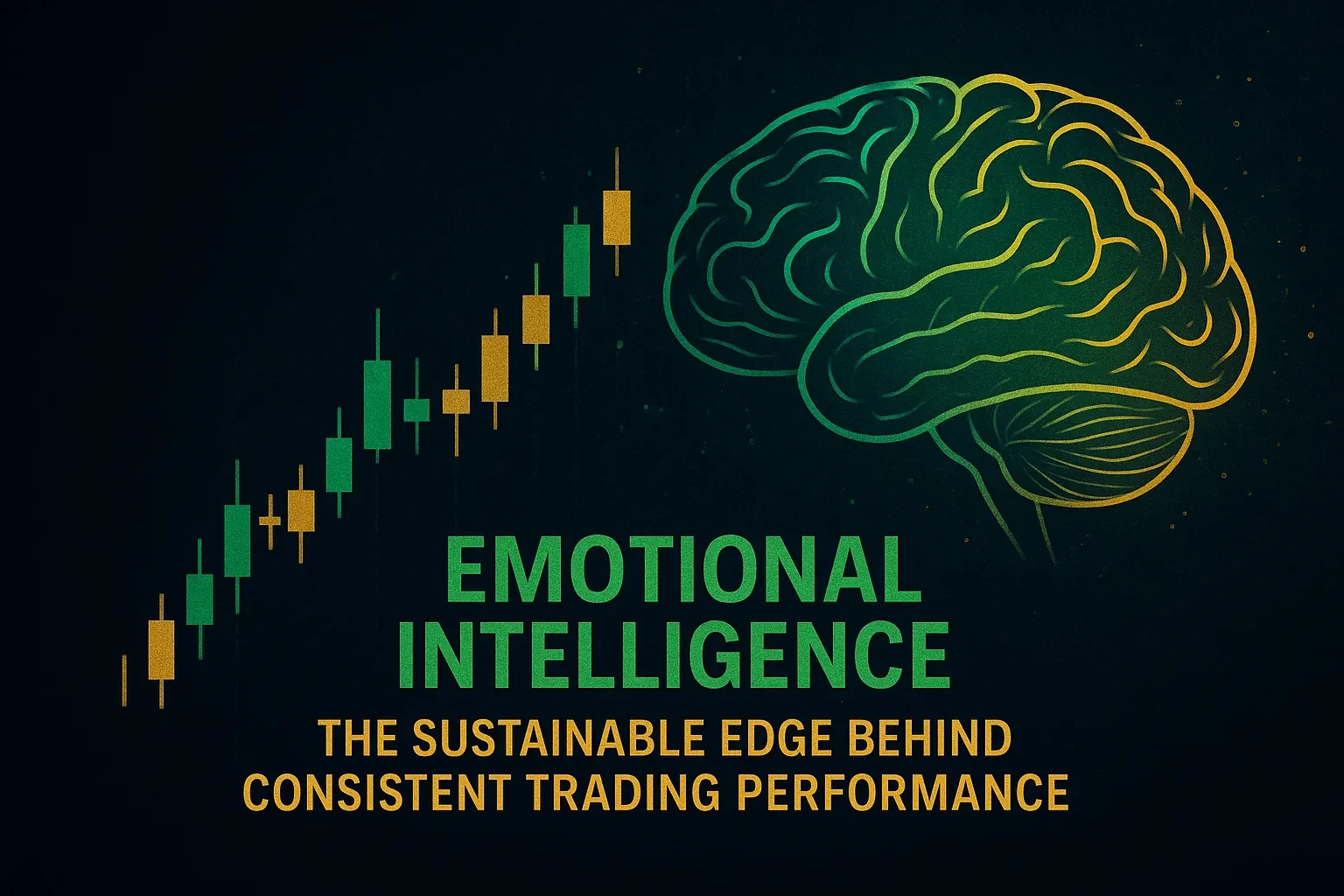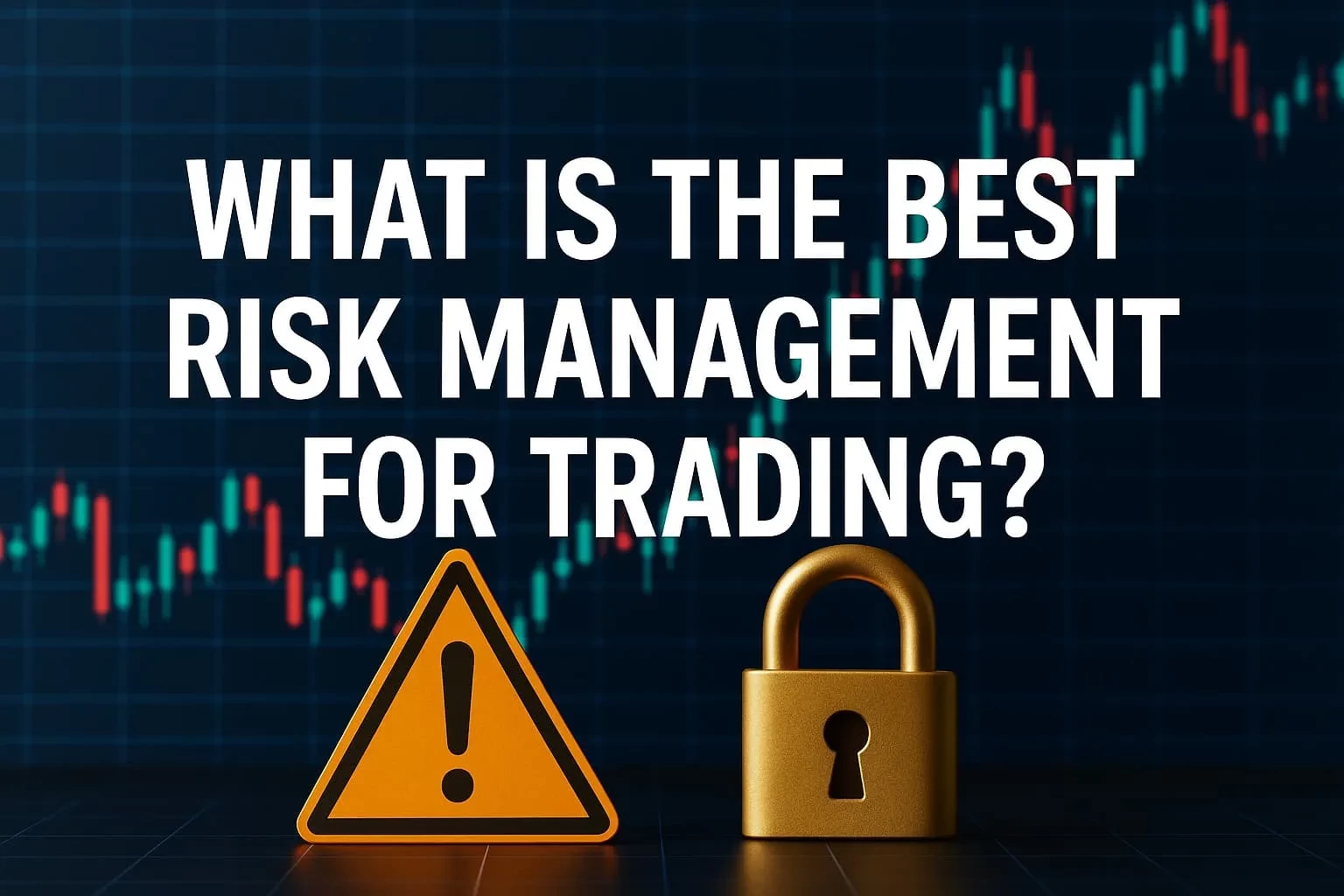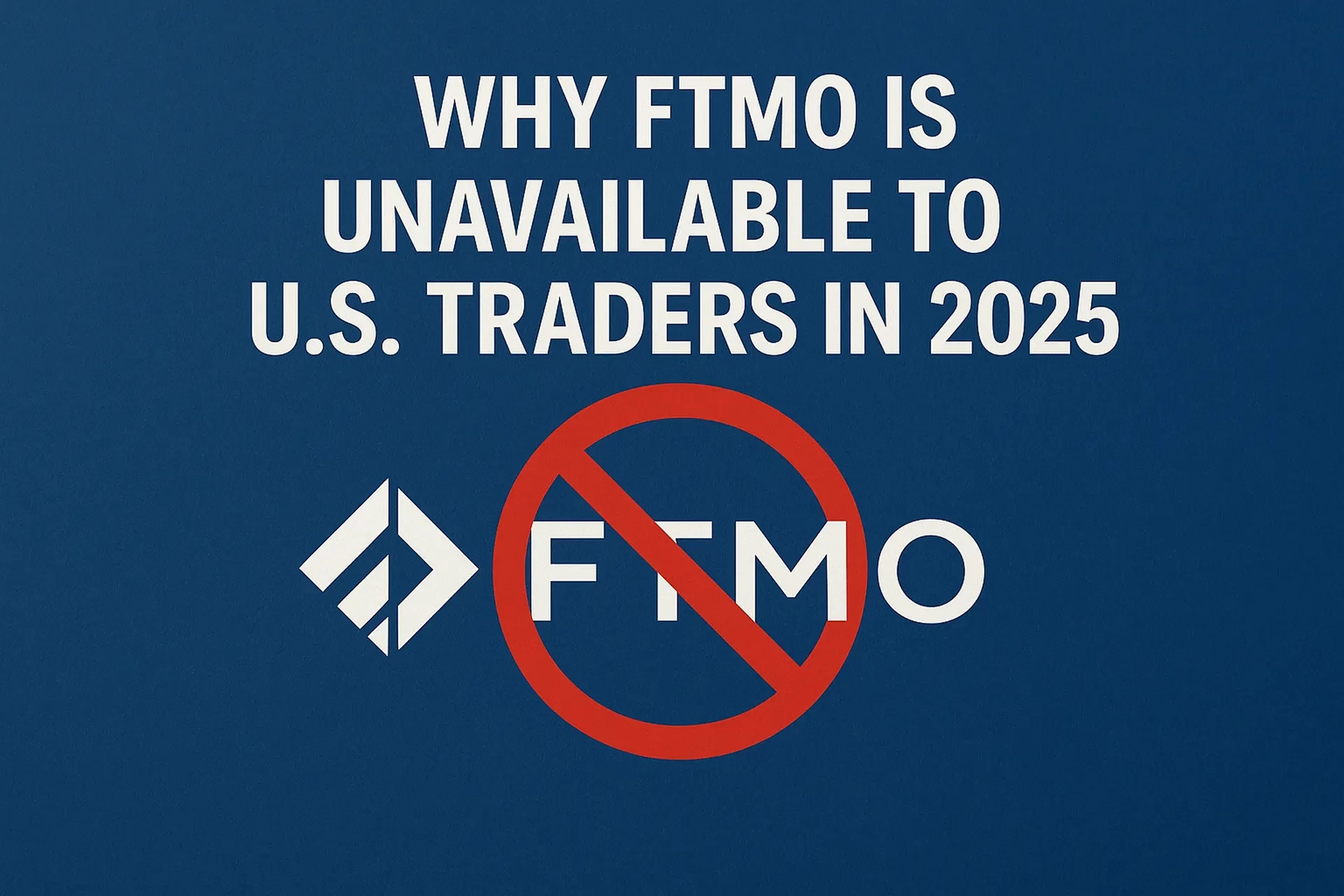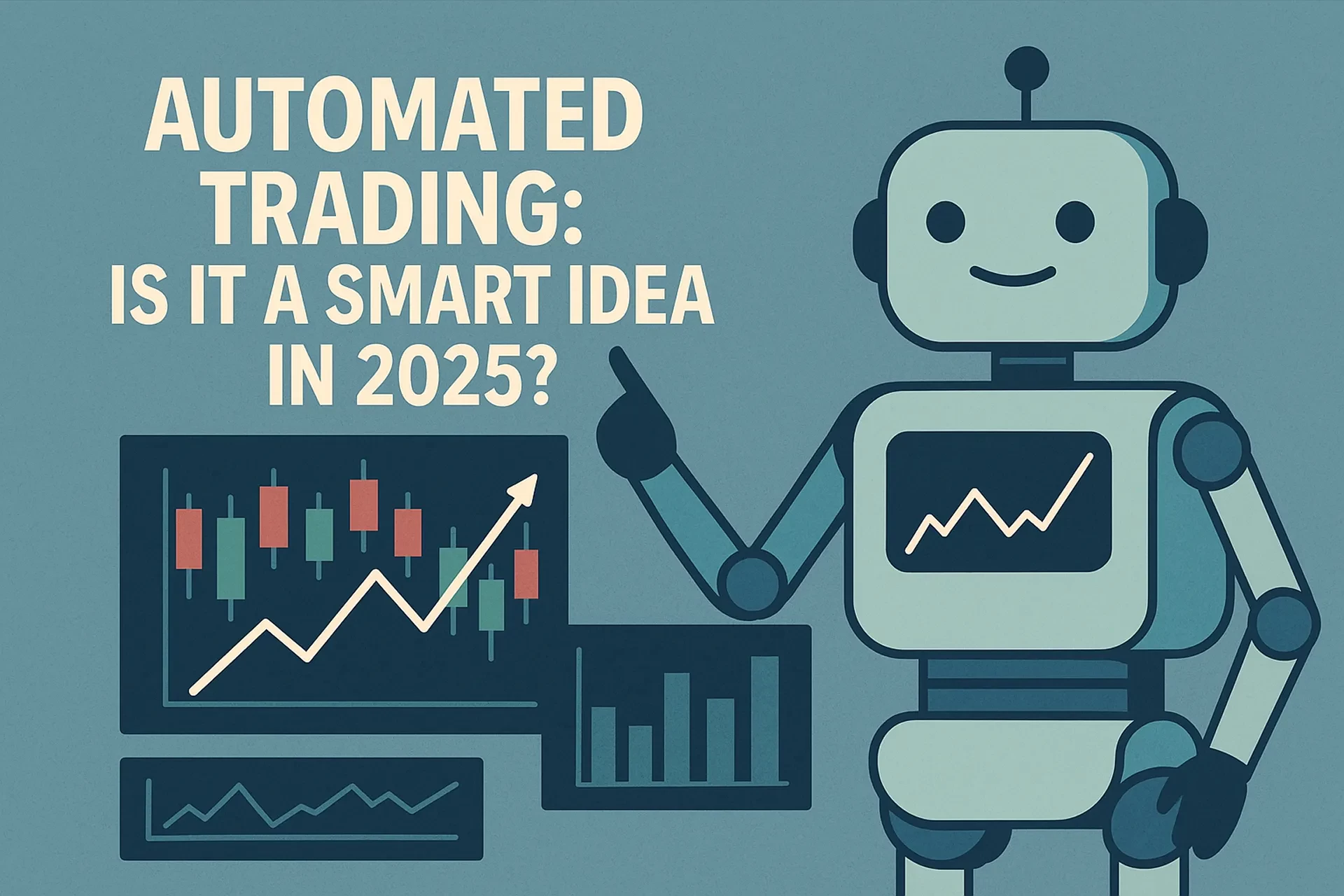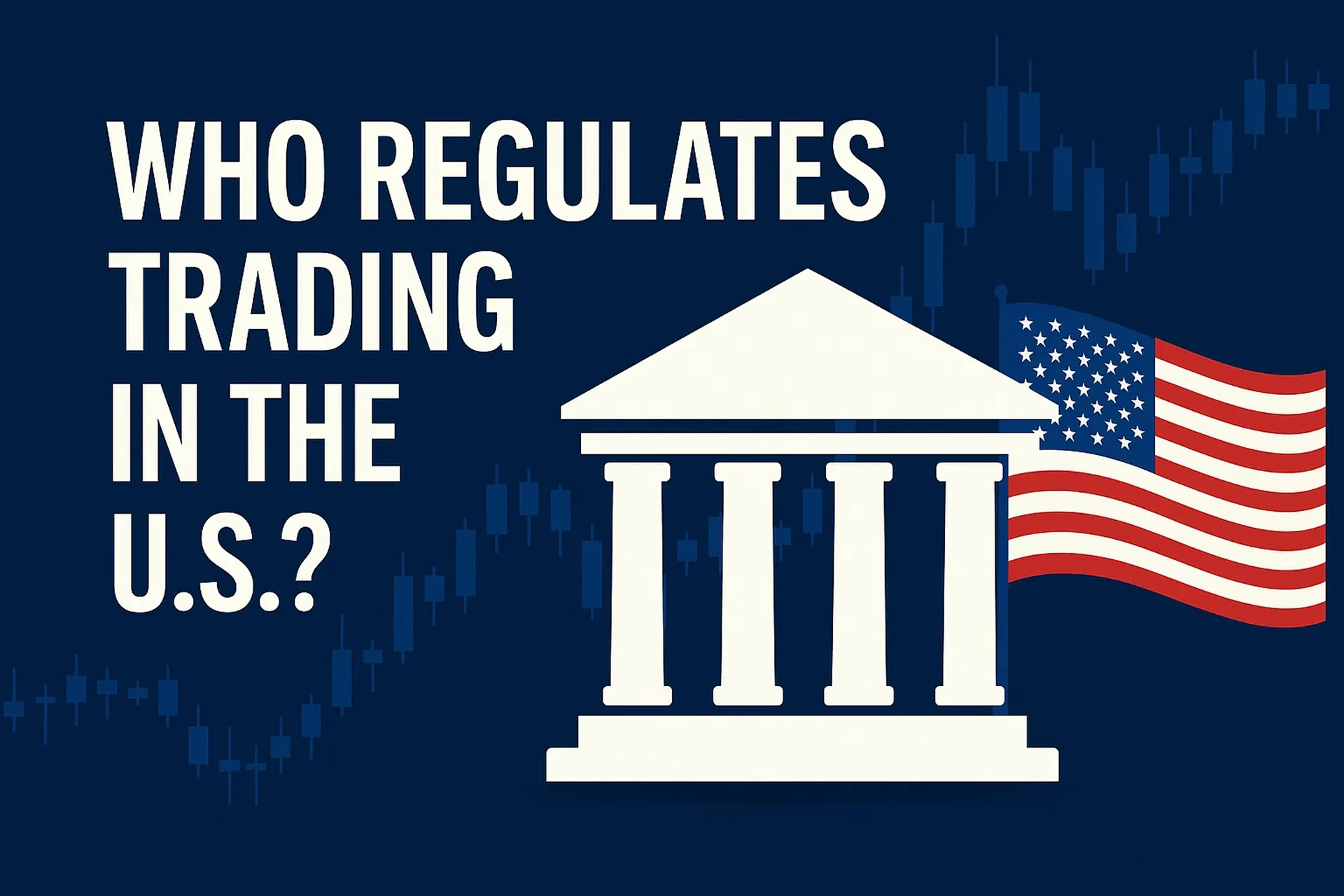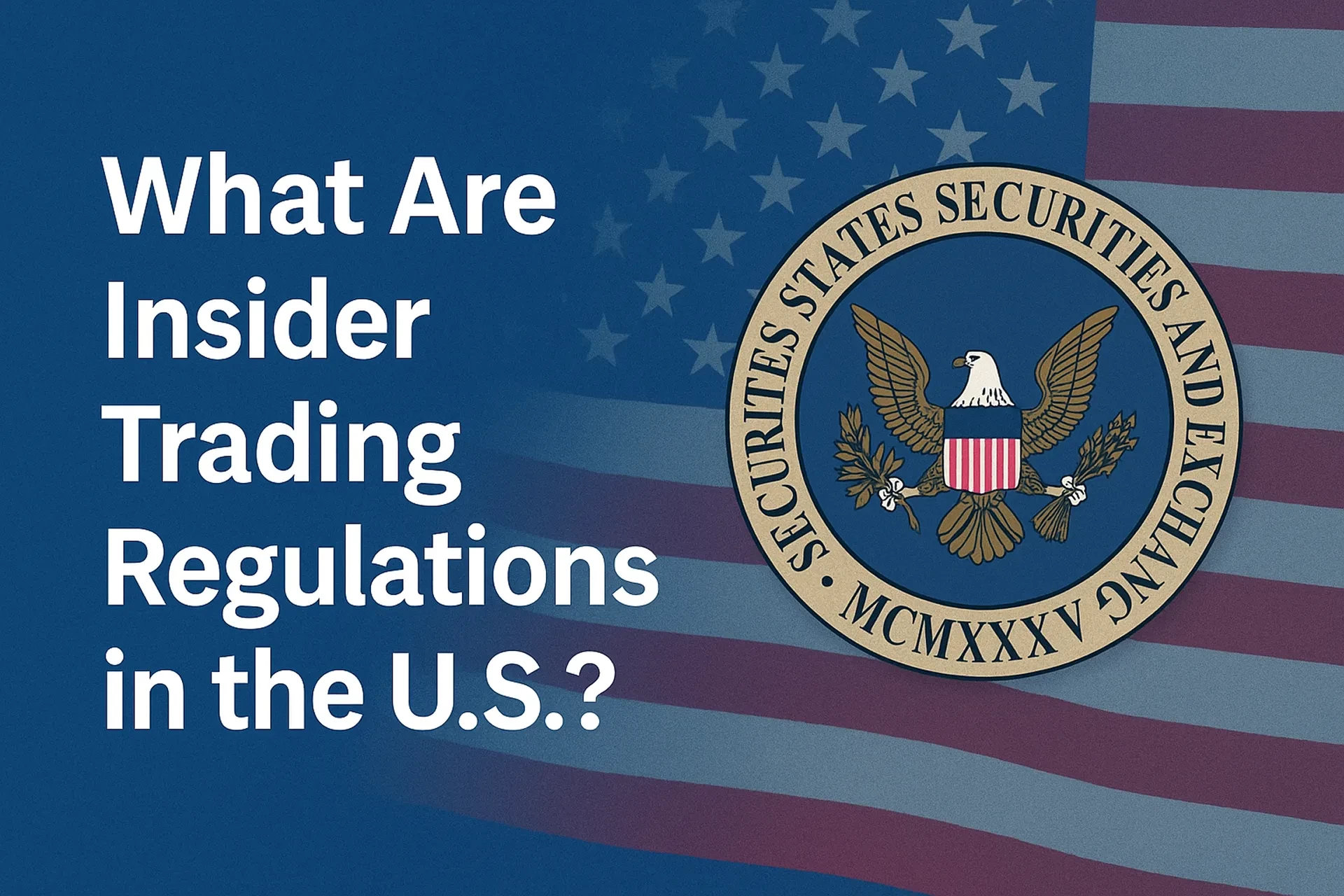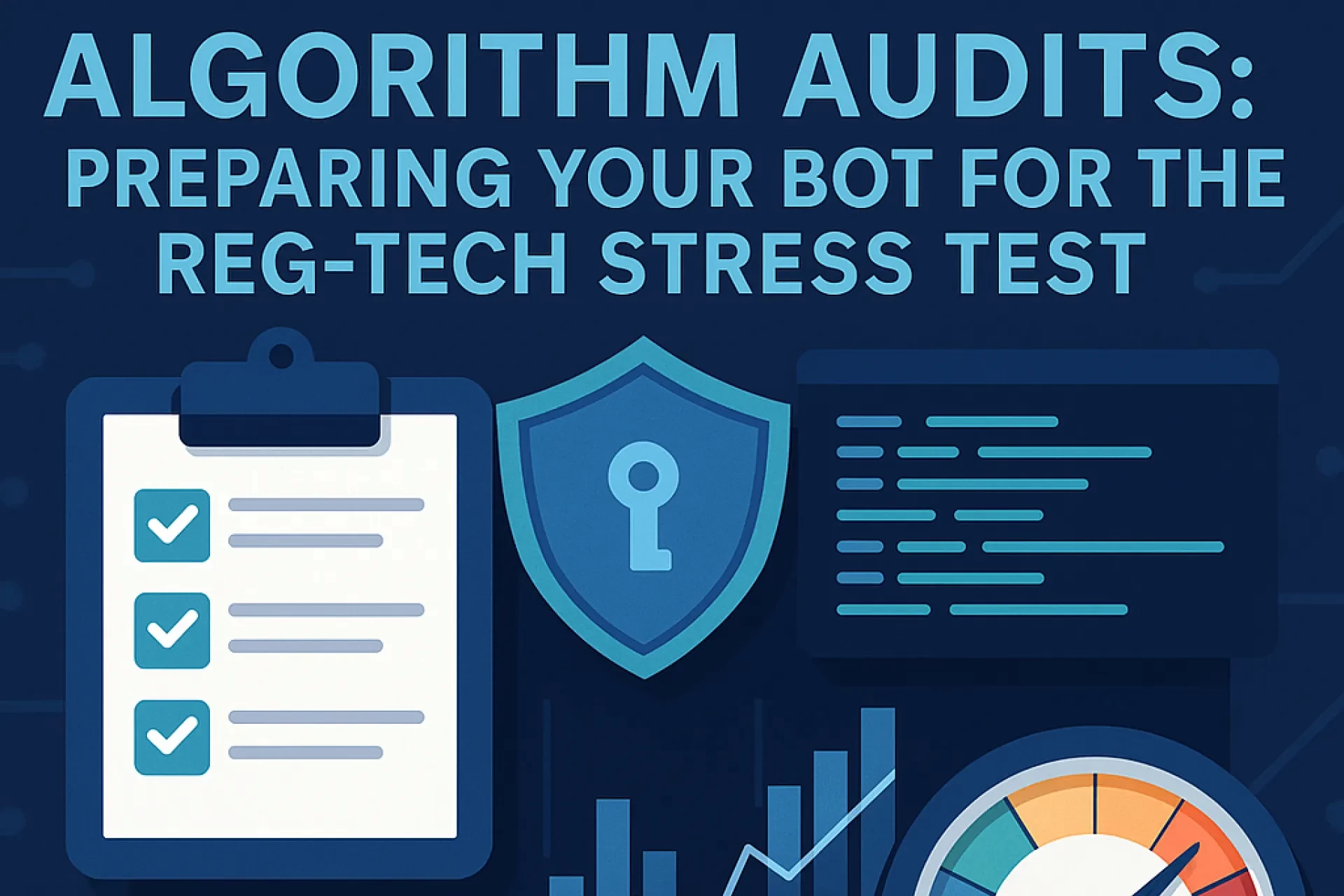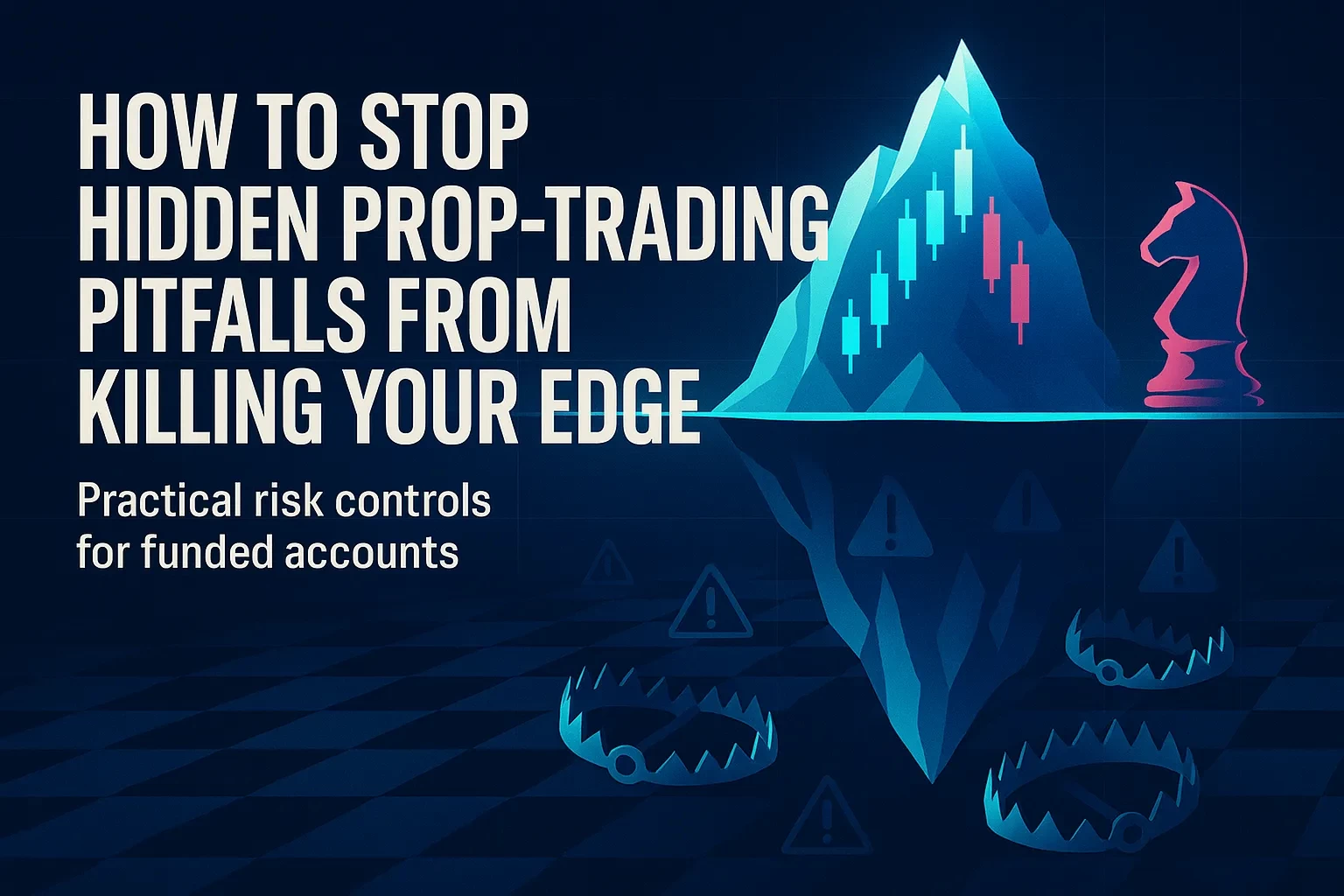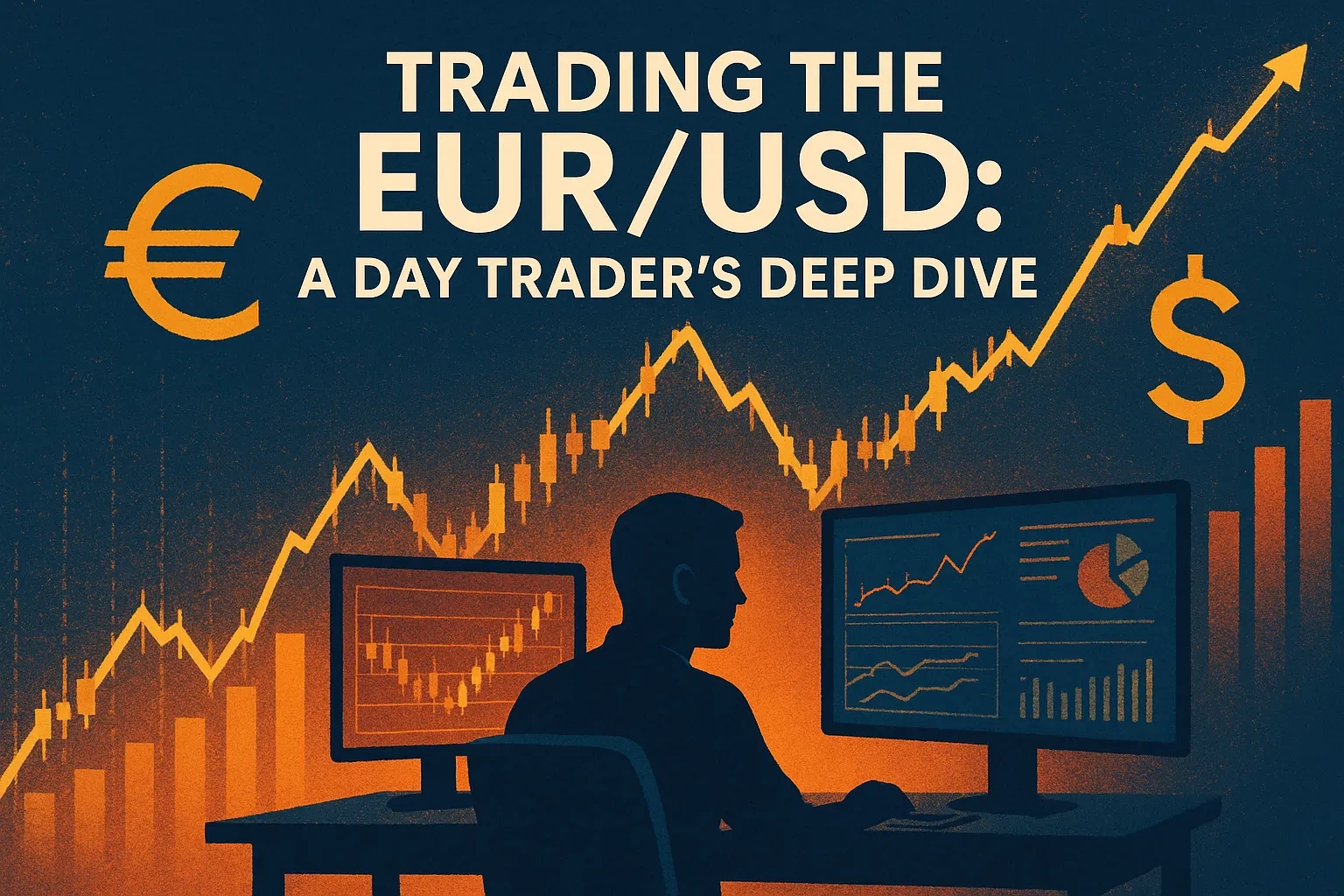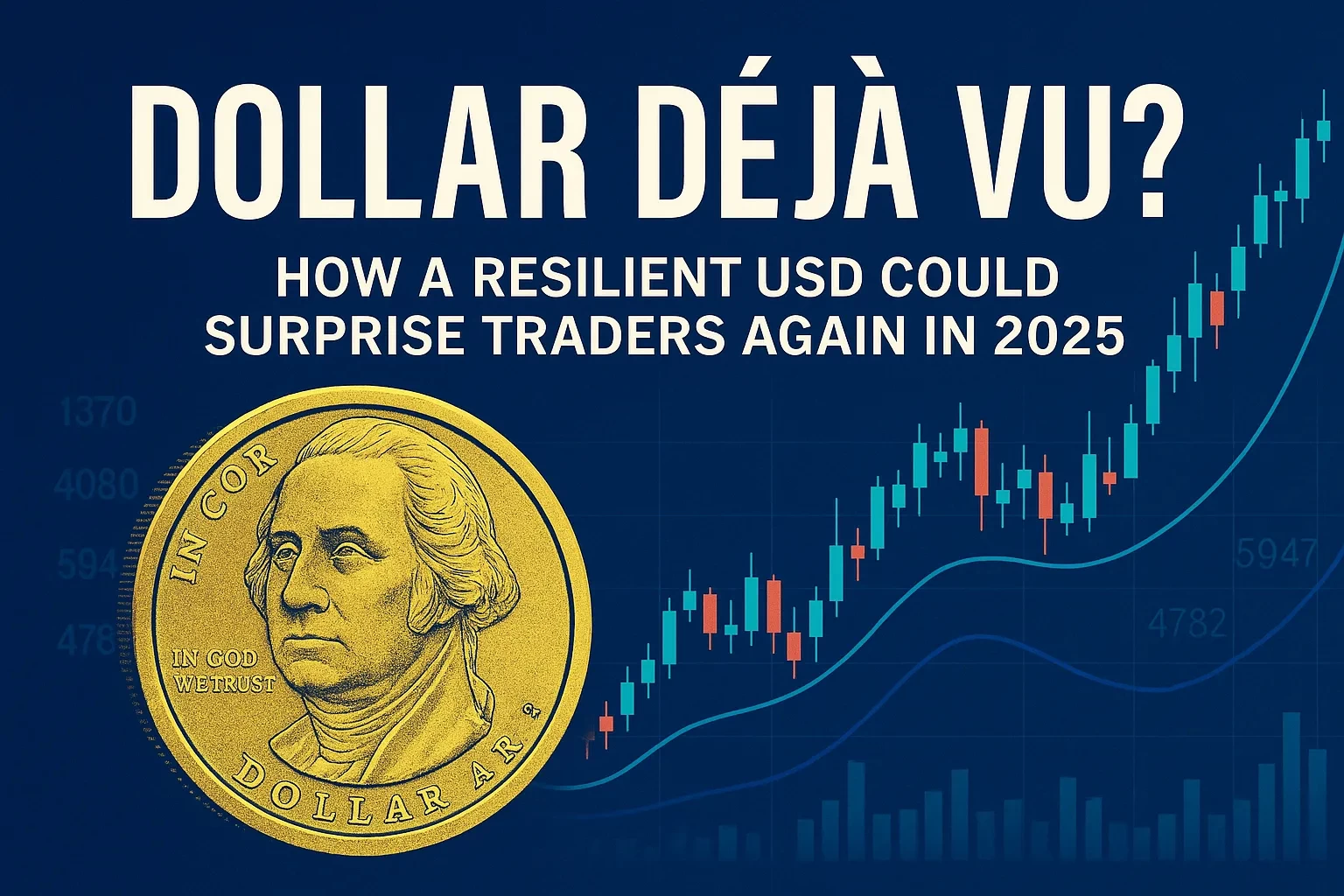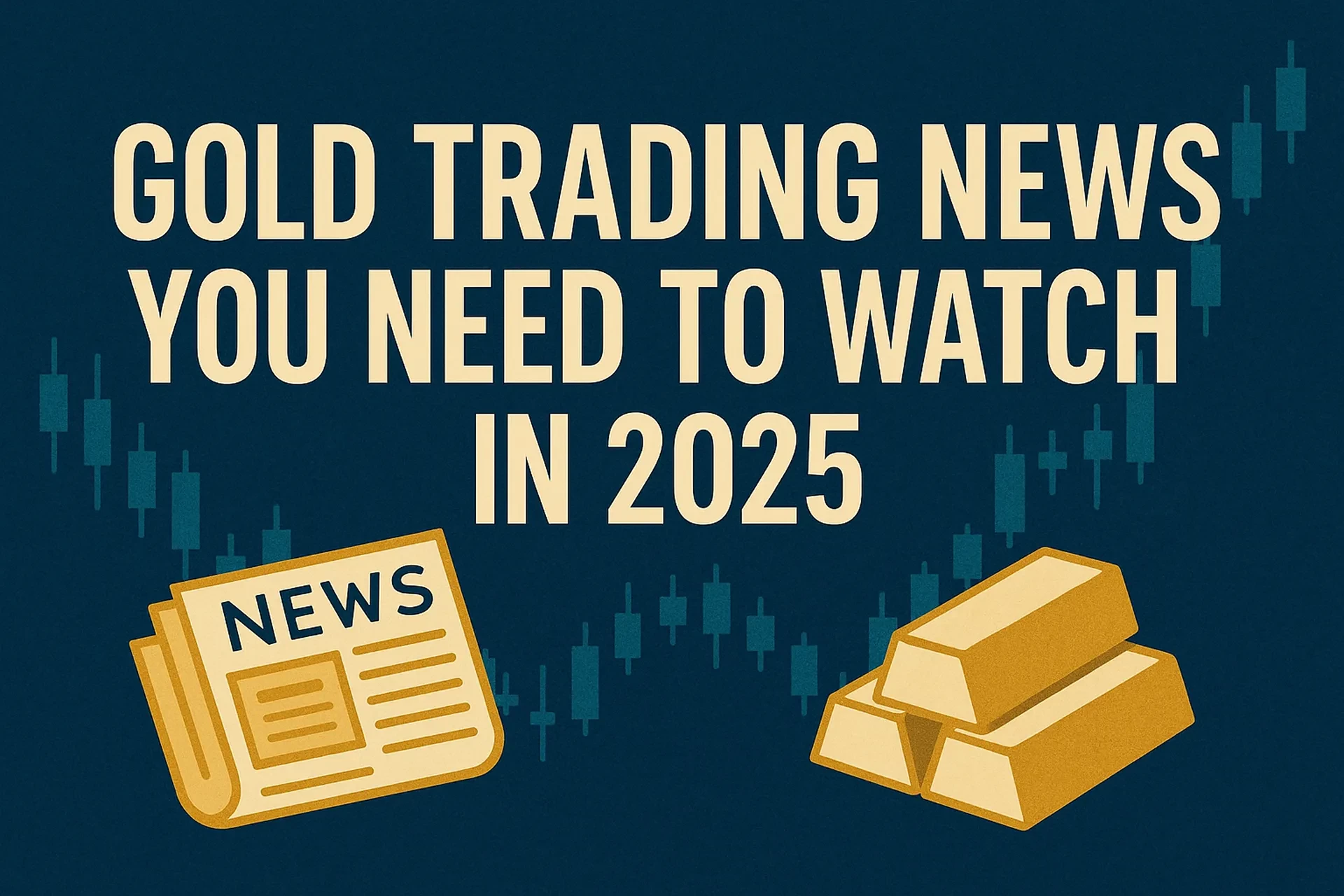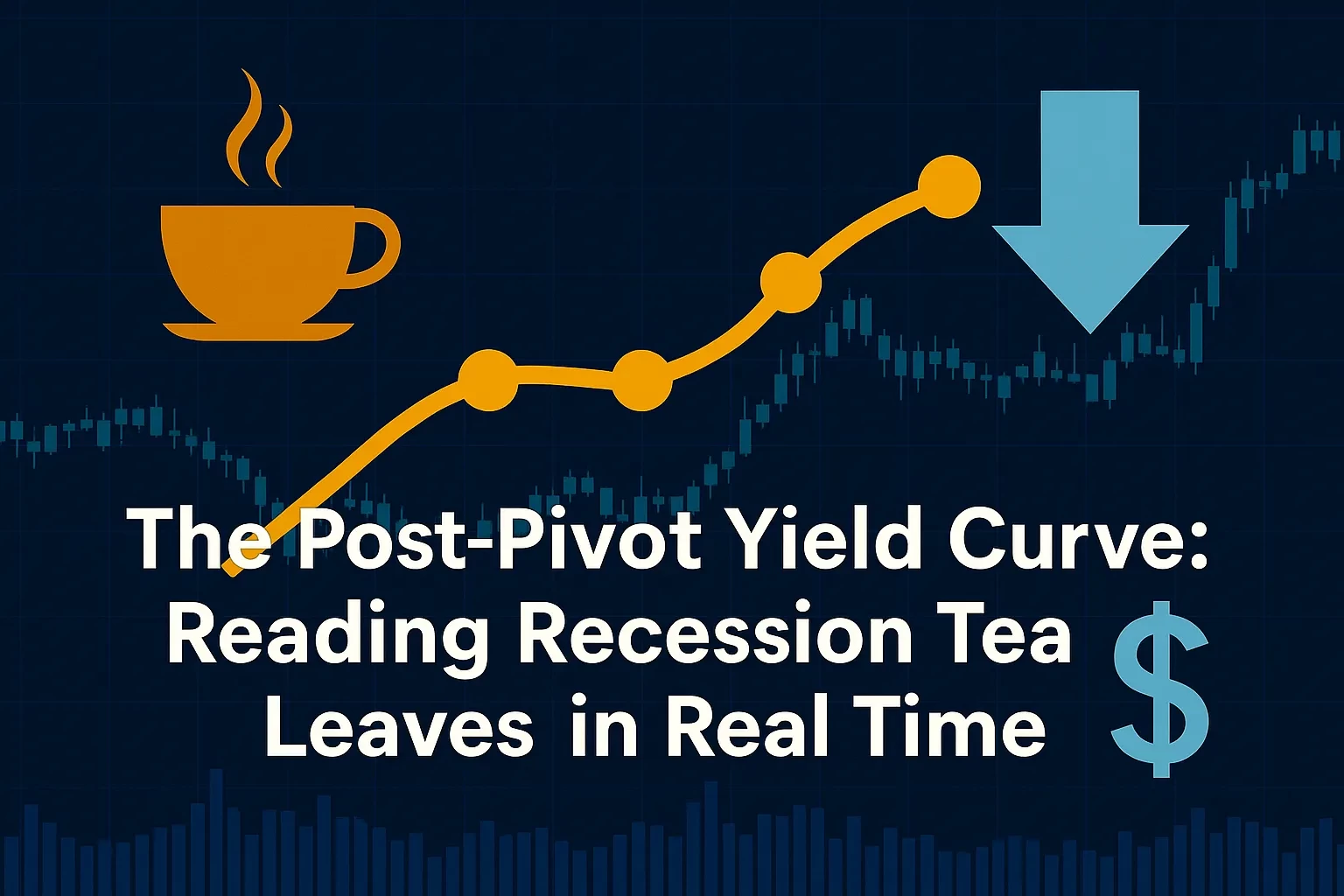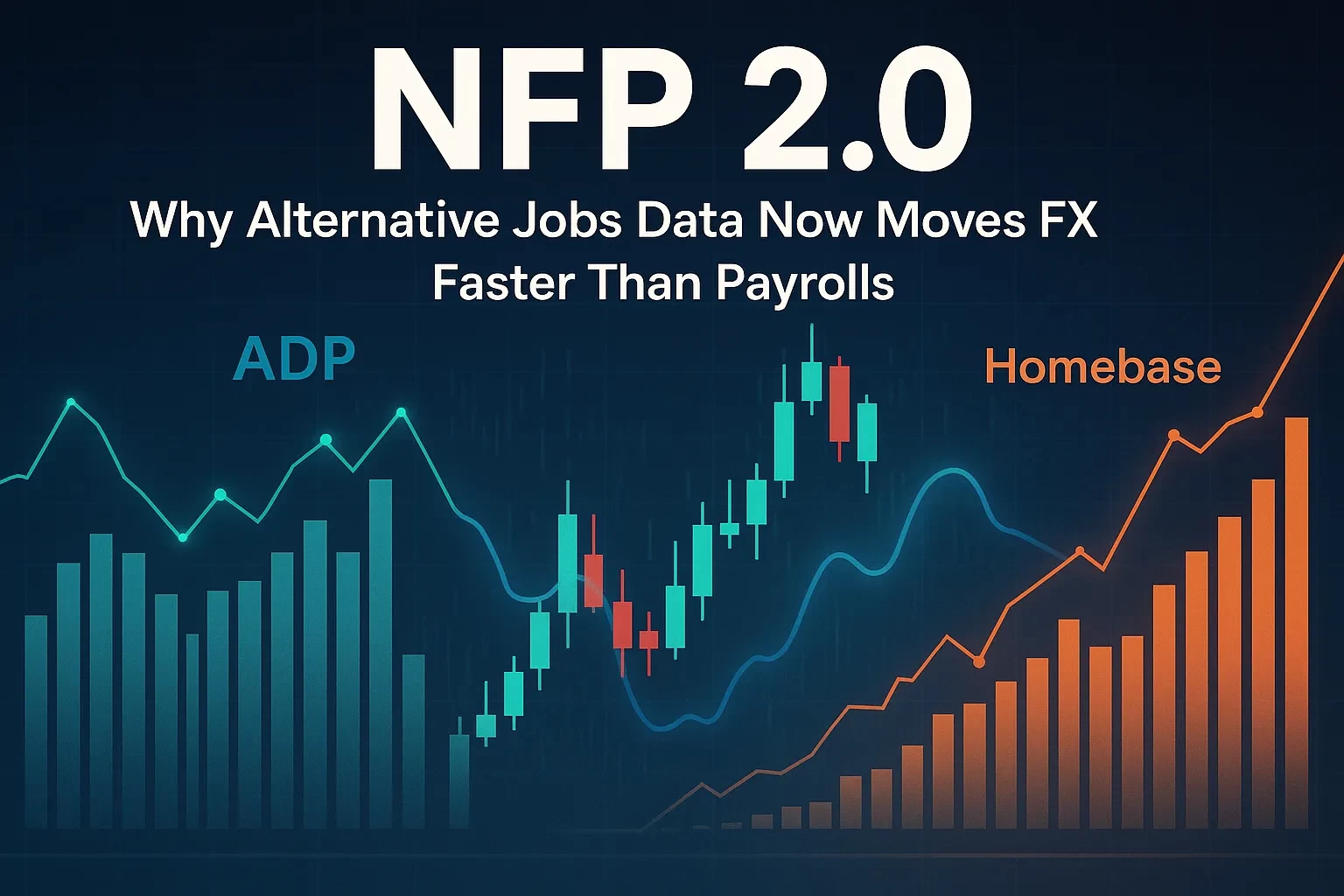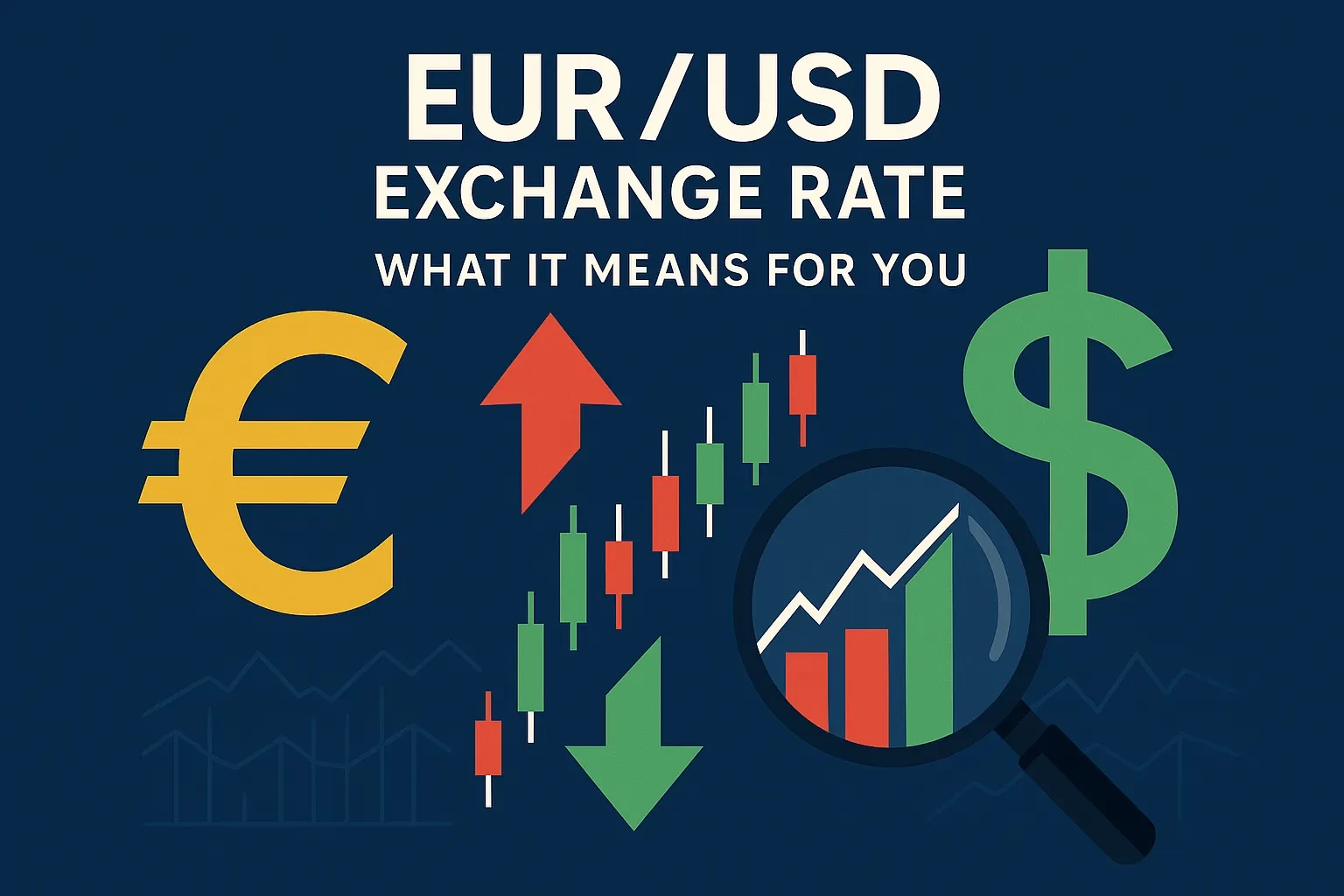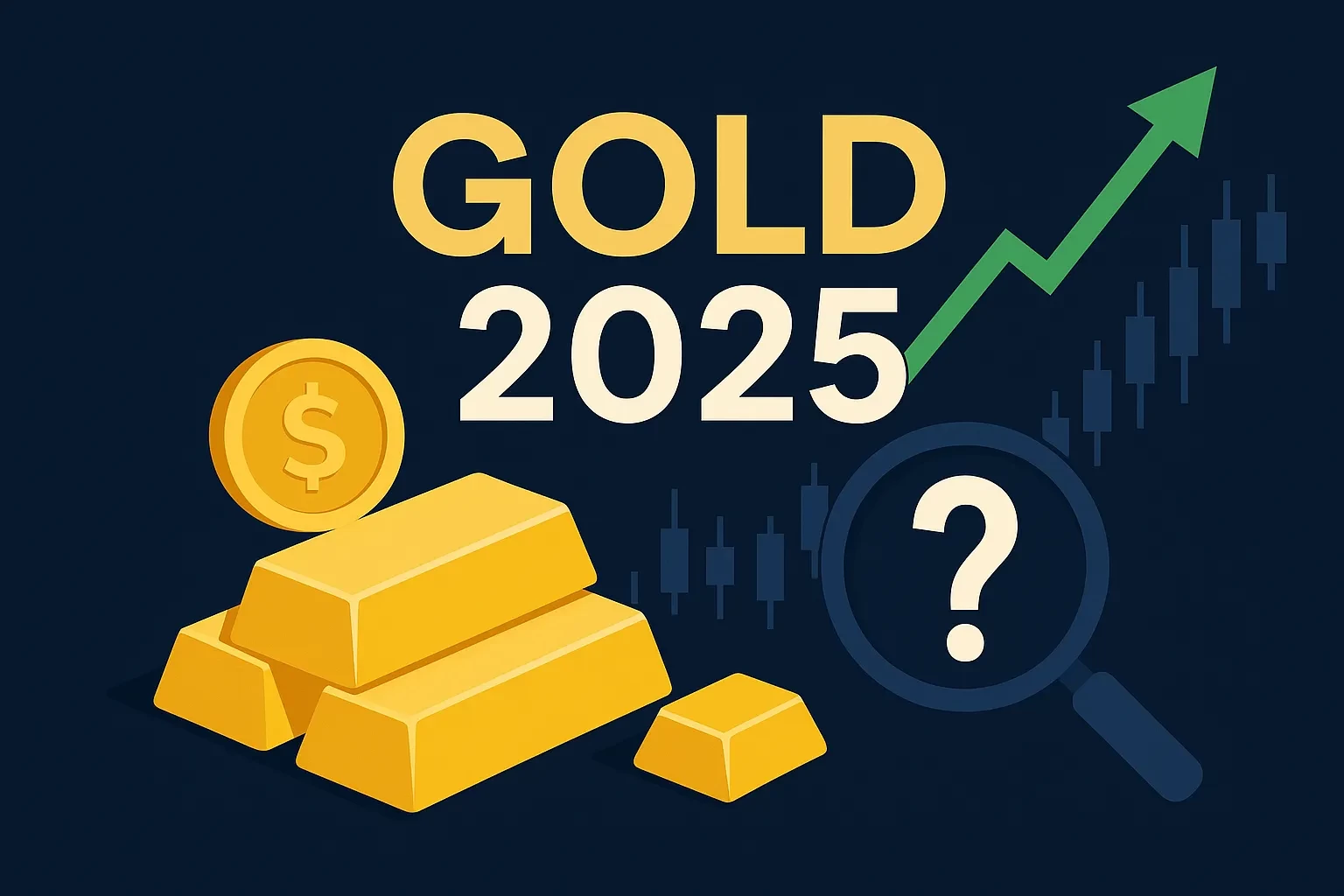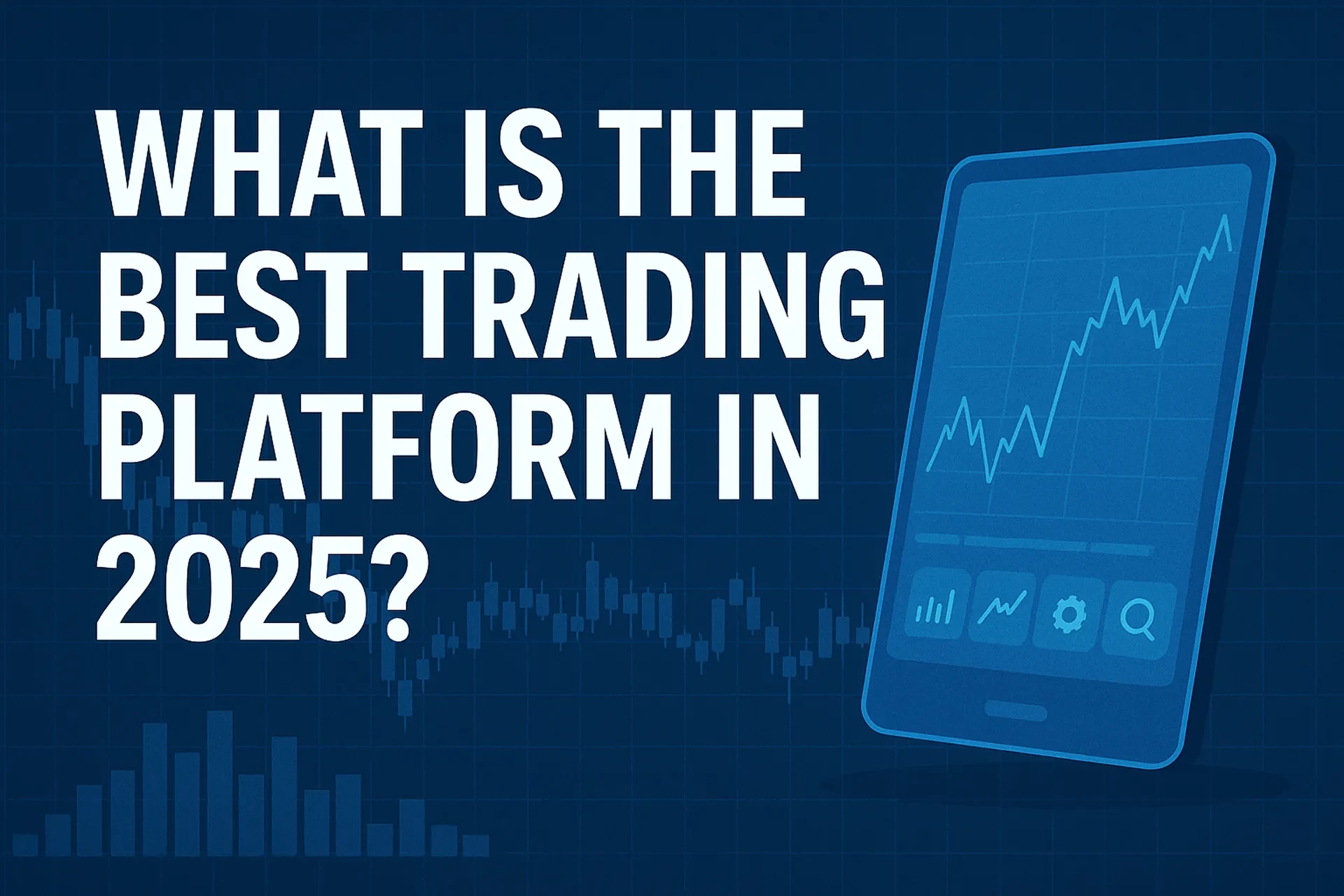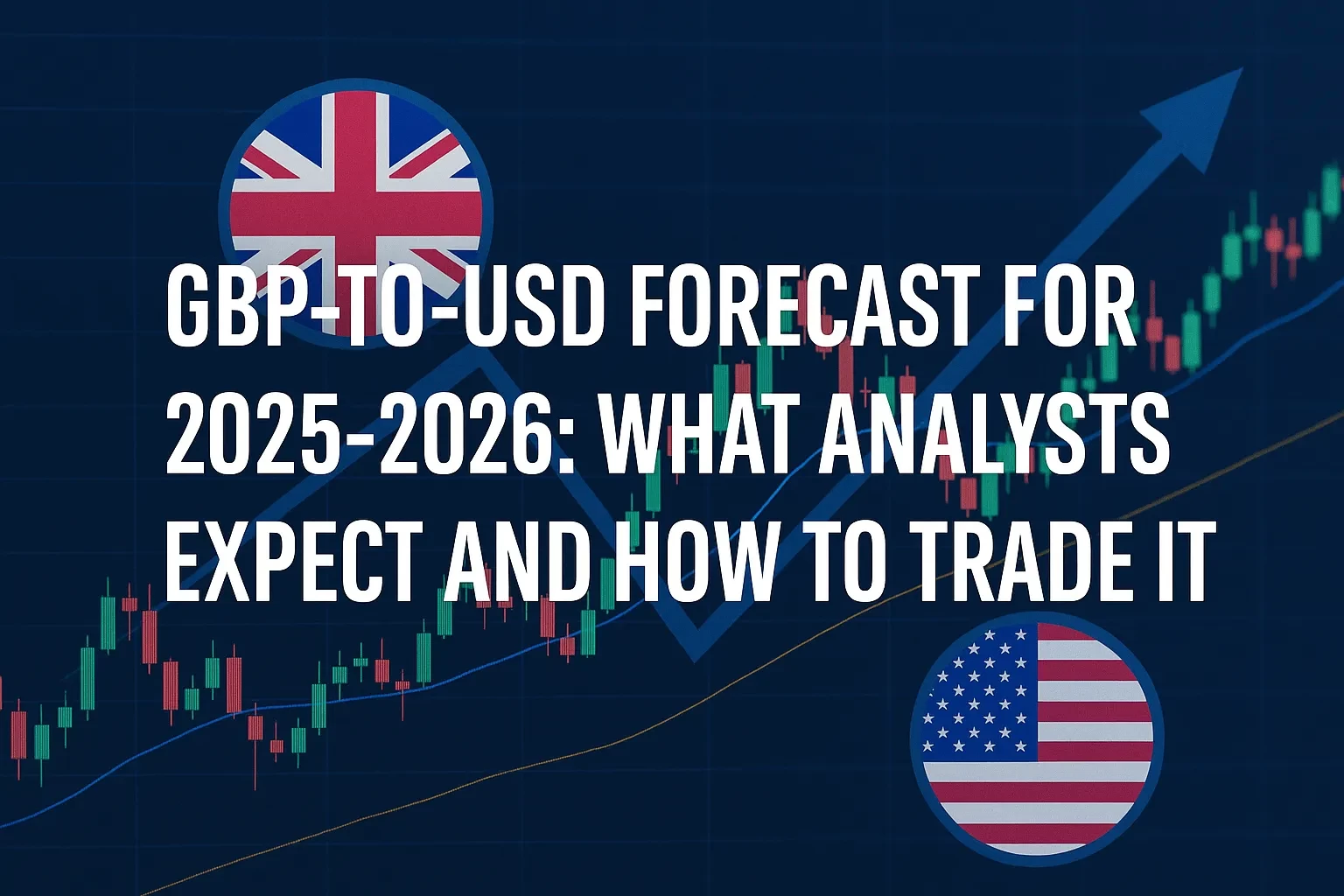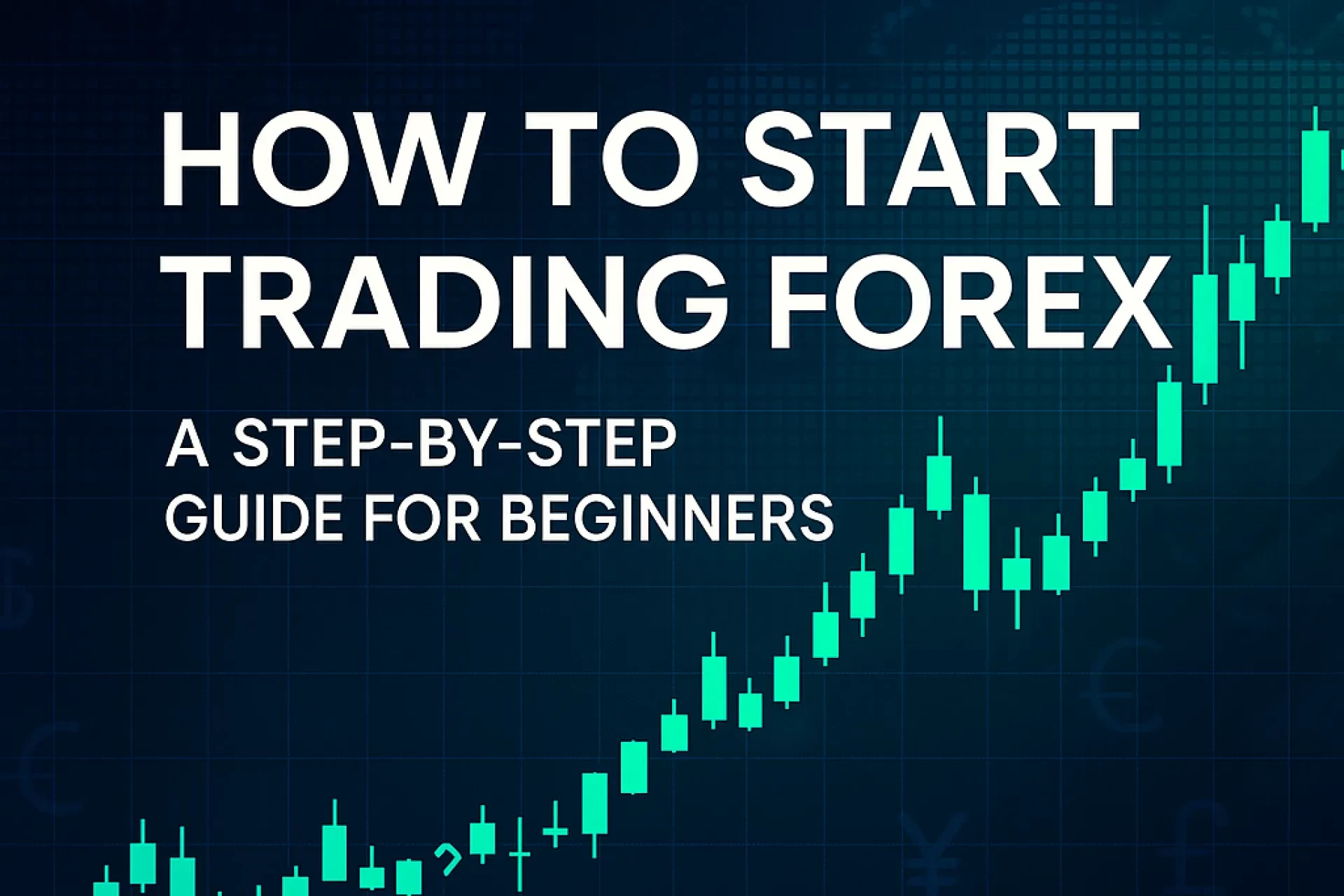Answer up front: As of today, EUR/USD is trading around 1.17 (one euro buys about $1.17). A stronger euro makes European travel and imports costlier in dollars, while a weaker euro does the opposite; traders should anchor decisions to policy rate differentials, inflation trends, and risk sentiment rather than headlines.
Affiliate disclosure: If this article includes links to brokers or tools, we may earn a commission. That never affects our editorial standards or the analysis you read.
Table of Contents
Why this matters now
Whether you’re planning a trip to Europe, importing parts from Germany, or trading the euro intraday, small moves in EUR/USD change real-dollar outcomes. In 2025, those moves are being driven by a clear policy split: the European Central Bank (ECB) has kept its deposit facility at 2.00%, while the U.S. Federal Reserve just lowered its target range to 4.00%–4.25% and signaled more easing this year, even as inflation remains near 2–3% in both economies. Rate paths, inflation that’s cooled but not vanished, and weekly positioning data all shape the day-to-day tape. This article explains what the current level means for travelers, small businesses, and active traders, and gives you a simple, risk-aware way to act on it.
What “EUR/USD at ~1.17” actually means (plain English)
• Quote convention: EUR/USD expresses how many U.S. dollars (quote currency) you need to buy 1 euro (base currency). A quote of 1.1700 means €1 = $1.17.
• Pip math: One “pip” is 0.0001 for most pairs. If EUR/USD rises from 1.1700 to 1.1750, that’s +50 pips.
• Why it moves: Three forces dominate—policy rates and guidance, relative inflation (“real” rates), and risk appetite (see the 3R framework below).
• Reference vs. tradable: The ECB’s daily reference rate (posted around 16:00 CET) is for information—not a tradable quote. Use it for accounting; use your broker for execution.
The 3R framework to read EUR/USD (original, actionable)
1) Rates (policy differentials)
• The Fed has eased to 4.00%–4.25% and projects further cuts in 2025. The ECB held its deposit rate at 2.00% on Sept. 11, 2025. When U.S. rates fall faster than Eurozone rates, rate differentials narrow, which tends to support the euro versus the dollar—other things equal. Always check the latest statement and projections, not just media takes.
2) Real economy (inflation & growth)
• U.S. CPI rose 2.9% y/y in August 2025; Euro area HICP was 2.0% y/y. If U.S. inflation sits above Eurozone inflation while both banks are easing, real rate dynamics can still favor the euro. Watch monthly prints.
3) Risk appetite (positioning & flows)
• Weekly CFTC Commitments of Traders (COT) reports show how “non-commercial” (speculative) accounts are positioned in euro futures. Extremes can foreshadow squeezes or trend continuations—use as a context tool, not a signal in isolation.
Quick impacts at today’s level
• Travel: A $3,000 Europe budget buys €2,564 at 1.17. If the euro strengthens 3% (to ~1.205), you’d get €2,490—about €74 less spending power.
• Small importer: Paying €50,000 for parts? At 1.17 it’s $58,500; a 2% euro rise lifts your cost to about $59,670.
• Exporter selling to Europe: You receive euros. A stronger euro boosts your dollar revenues when you convert.
One-table clarity: “What a 1% move does”
| Situation | Baseline (EUR/USD 1.1700) | After +1% euro (≈1.1817) | Dollar impact |
|---|---|---|---|
| Tourist converts $3,000 to euros | €2,564 | €2,538 | −€26 (less spending) |
| Importer pays €50,000 | $58,500 | $59,085 | +$585 cost |
| Exporter earns €80,000 | $93,600 | $94,536 | +$936 revenue |
Takeaway: Small percentage changes matter—lock in rates or hedge if your margins are thin.
Step-by-step: How to make smarter decisions around EUR/USD
1. Identify your exposure. Are you a traveler (one-time), a business (recurring), or a trader (frequent)?
2. Anchor to the 3R checklist before you act: latest Fed/ECB communications, U.S./Eurozone inflation, and positioning/risk tone (COT, broad risk assets).
3. Pick your tool:
• Travelers/SMBs: Ask your bank for forward contracts or bankrate locks; consider multi-currency accounts for recurring invoices.
• Traders: Trade spot CFDs is not available with U.S. brokers; U.S. residents use NFA/CFTC-regulated providers (RFED/FCM) or exchange-traded futures/options on regulated venues.
4. Size risk first, not after. Risk ≤ 0.5–1.0% of account equity per idea; pre-place stops.
5. Hedge, don’t guess: Importers/exporters can hedge a portion (e.g., 50–80%) of forecast euro needs using staged forwards to reduce timing risk.
6. Review monthly. Re-run the 3R checklist after each CPI/HICP and policy meeting; adjust hedges or trade plans accordingly.
Pros, cons, and how to manage the risks
Pros
• Transparent macro drivers (rates, inflation).
• Deep liquidity and tight spreads in majors like EUR/USD.
• Exchange-traded futures/options offer regulated, standardized hedging.
Cons
• Macro news volatility: CPI, payrolls, ECB/Fed minutes can gap prices.
• Leverage amplifies losses: U.S. rules allow up to ~50:1 on majors in retail OTC forex—tiny moves can wipe accounts if you oversize.
• Basis/roll costs: Forwards and futures have carry; hedges aren’t free.
Concrete mitigations
• Pre-define max loss per trade, use stop-loss orders, and avoid holding unhedged positions across high-impact releases.
• For businesses, ladder forwards (e.g., 25% each month for four months) to average entry prices and reduce mistiming risk.
• Prefer regulated pathways (CFTC/NFA members, exchange products). See the regulators section below.
Practical mini case study: a U.S. importer hedging Q4 parts
• Situation: You expect to pay €150,000 across October–December.
• Baseline cost today: 1.1700 ⇒ $175,500.
• Risk: A 4% euro rally (to ~1.2168) lifts cost to $182,520 (≈ +$7,020).
• Plan: Lock 50% via forwards at current levels (€75,000 each in Oct & Nov). Leave 50% open to benefit if the euro weakens.
• Outcome under two paths:
• Euro +4%: Locked half saves ≈ $3,510 versus being fully unhedged.
• Euro −3%: Unhedged half benefits; average rate improves, and you didn’t over-hedge.
Common mistakes—and expert fixes
• Mistake: Trading the headline, not the policy projection.
Fix: Read the FOMC statement and Summary of Economic Projections; don’t guess from social media clips.
• Mistake: Ignoring real rates.
Fix: Pair the policy rate with CPI/HICP to get a real-rate picture (nominal − inflation).
• Mistake: Oversizing because EUR/USD “moves slow.”
Fix: U.S. retail forex is capped at 2% minimum security deposit for majors (≈50:1). That’s a limit—not a recommendation. Trade smaller.
• Mistake: Using unregulated paths or “prop” substitutes for hedging.
Fix: Stick with CFTC/NFA members, or exchange-traded futures and options; review Part 5 rules (retail forex) and the NFA guide before funding an account.
Compliance & U.S. regulators to know
• CFTC (Commodity Futures Trading Commission): Oversees off-exchange retail forex; 17 CFR Part 5 covers registration, disclosures, operational standards, and prohibits guarantees against loss.
• NFA (National Futures Association): The registered futures association that designates “major currencies” and sets the minimum security deposit percentages (commonly 2% majors / 5% others, subject to periodic adjustments).
• Federal Reserve (FOMC) and ECB: Policy decisions directly affect rate differentials and therefore EUR/USD trends.
Risk disclaimer (plain English): Trading or hedging currencies involves risk—including the loss of your entire investment. Leverage magnifies gains and losses. No strategy guarantees profits; always test ideas on historical data and consult a licensed professional for tax or accounting advice.
FAQs
Actionable next steps
• Travelers & SMBs: Price your budget or invoices at ±3% from spot; consider staged purchases or forwards to cap worst-case outcomes.
• New traders: Backtest a rates-plus-inflation model on EUR/USD; trade small size until you survive 50–100 trades with consistent risk control.
• Everyone: Put key dates on your calendar—U.S. CPI (BLS), Eurostat HICP, FOMC and ECB decisions—and revisit exposure monthly.
